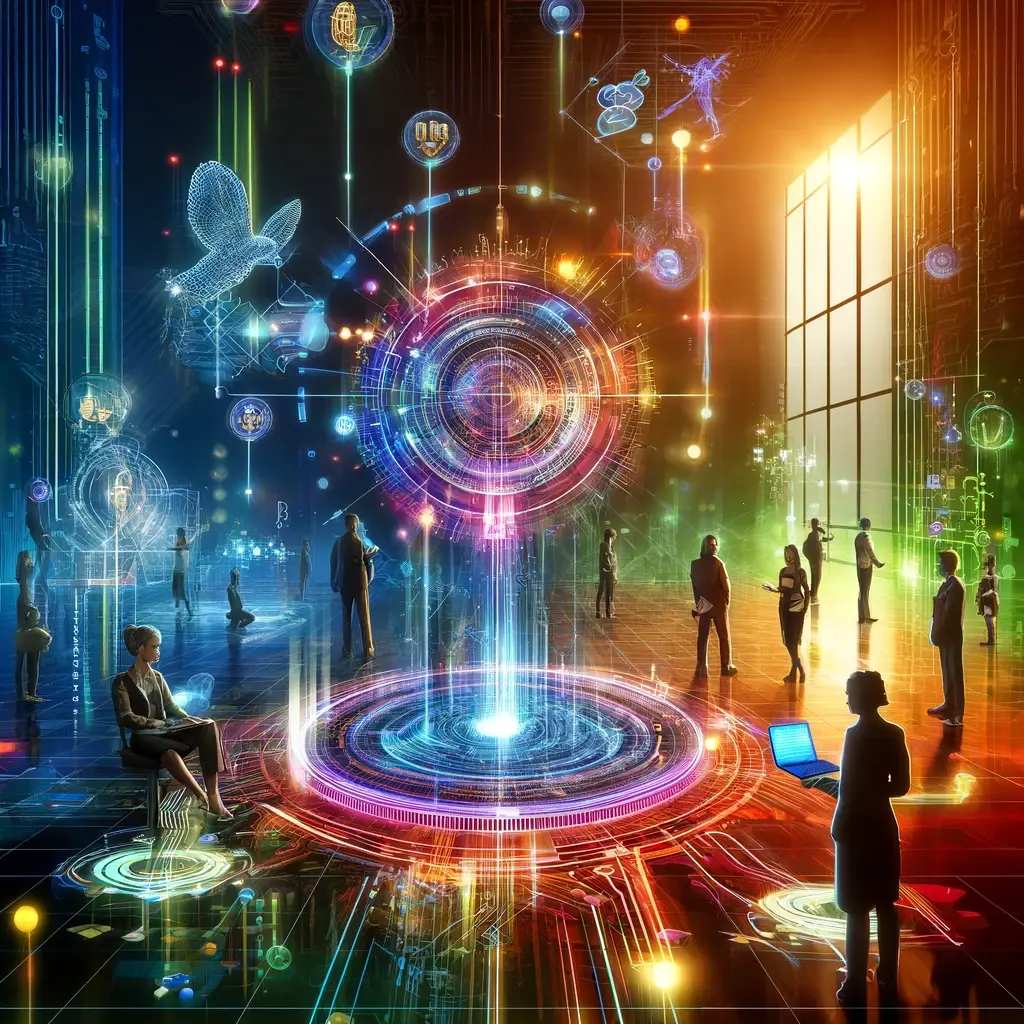In today’s fast-paced, technology-driven world, harmonizing tech mastery with team synergy is essential for organizations striving to achieve optimal outcomes. By integrating technical expertise with effective collaboration, companies can boost innovation, productivity, and resilience in the face of complex challenges. This article explores how aligning these two critical elements creates a foundation for success, offering practical strategies and real-world examples to inspire action.
This article dives deep into the interplay between technical mastery and team synergy, outlining their individual importance and strategies for seamless integration. We will also explore real-world examples of how this harmonization has led to remarkable achievements in various industries. By the end of this guide, you will have actionable insights to elevate your organization’s performance.
The Role of Technical Mastery in Modern Organizations
Understanding Technical Mastery
Technical mastery refers to a profound understanding and application of technical skills, tools, and methodologies. In the age of rapid technological advancement, this expertise underpins the ability to innovate, streamline processes, and maintain competitive advantage.
Key components of technical mastery include:
- Proficiency with advanced tools and technologies, such as AI, cloud computing, and DevOps practices.
- Adaptability in learning and implementing new frameworks or programming languages.
- Problem-solving capabilities driven by data analytics and system design expertise.
Impact on Organizational Performance
Organizations that emphasize technical mastery enjoy several advantages:
- Enhanced efficiency: Skilled teams can automate repetitive tasks, reducing human error and accelerating timelines.
- Innovation: Technically proficient individuals drive creativity, leading to the development of unique products and services.
- Scalability: Mastery over technical tools enables seamless growth and adaptability to changing business environments.
For example, businesses leveraging cloud platforms such as AWS or Google Cloud demonstrate how technical proficiency empowers scalability. By aligning these tools with business objectives, companies can optimize costs and enhance operational efficiency. Benefits of team synergy also play a vital role when combining these innovations with cohesive team efforts.
Team Synergy: The Catalyst for Success
Defining Team Synergy
Team synergy occurs when collaborative efforts produce outcomes greater than the sum of individual contributions. Unlike simple teamwork, synergy involves leveraging the diverse strengths of all team members to achieve unparalleled results.
Characteristics of Effective Team Synergy:
- Shared Vision: Alignment on goals ensures that all members are moving in the same direction.
- Mutual Trust: Teams with trust function more cohesively, as members feel confident relying on each other.
- Diverse Skillsets: A mix of technical, creative, and interpersonal skills fosters innovative problem-solving.
Benefits of Team Synergy
When teams work synergistically, they unlock potential that transforms organizations:
- Increased Creativity: Diverse perspectives encourage out-of-the-box thinking and groundbreaking ideas.
- Resilience to Challenges: Collaborative efforts often result in better contingency planning and adaptability.
- Enhanced Productivity: Teams with synergy complete tasks more efficiently, as roles are optimized to leverage strengths.
Example of Synergy in Action:
Consider tech giants like Google, where cross-functional teams collaborate on cutting-edge projects. By fostering a culture that values both technical skills and collaborative dynamics, they consistently lead innovation in the tech space. Read more on integrating technology with team dynamics to see how collaboration amplifies technical efforts.
harmonizing tech mastery with team synergy
Challenges in Integration
Bringing together technical mastery and team synergy isn’t without its challenges. Some common hurdles include:
- Misalignment of Goals: Technical teams may focus on functionality, while others prioritize user experience or deadlines.
- Communication Gaps: Lack of a common language between tech and non-tech teams can hinder collaboration.
- Resistance to Change: Individuals comfortable with established workflows may resist integration efforts.
Strategies for Harmonization
1. Implementing Effective Leadership
Strong leaders act as bridges between technical and non-technical teams. They align goals, ensure clarity in communication, and foster a culture of collaboration.
2. Encouraging Continuous Learning
Organizations should promote skill development through:
- Workshops on emerging technologies.
- Cross-training programs that help team members understand other domains.
3. Leveraging Collaborative Tools and Technologies
Adopting tools like Slack, Jira, or Microsoft Teams enhances communication. Simultaneously, platforms such as Trello or Asana streamline project management, ensuring synergy across departments.
4. Promoting Open Communication
Encouraging regular check-ins and open forums ensures that all voices are heard, bridging gaps between technical and operational priorities.
By prioritizing these strategies, companies can transform conflicts into opportunities, driving both innovation and cohesion.
Case Studies: harmonizing tech mastery with team synergy
Case Study 1: SpaceX
SpaceX exemplifies the seamless integration of technical expertise with team dynamics. Their engineers, designers, and operations staff collaborate intensely to achieve seemingly impossible goals, such as reusable rockets. Leadership emphasizes continuous improvement and fosters open communication, ensuring alignment across teams.
Case Study 2: Spotify
Spotify uses cross-functional squads to blend technical skills with creative problem-solving. Their squads operate with a high degree of autonomy, encouraging innovation while maintaining alignment with overall objectives.
Both examples showcase how organizations benefit from integrating technical mastery and team synergy, creating systems capable of delivering transformative results.
Conclusion
The harmonization of technical mastery with team synergy is not just a strategy—it’s a necessity for modern organizations. By aligning technical skills with collaborative dynamics, businesses can innovate faster, adapt to changing markets, and achieve sustainable success.
Organizations should:
- Foster continuous learning and adaptability.
- Emphasize leadership that bridges technical and interpersonal gaps.
- Adopt tools that enhance collaboration and transparency.
As companies embrace this integration, they pave the way for groundbreaking achievements and set the stage for a future of unparalleled success.
For further reading on combining technical expertise with leadership, check out Combining technical expertise with leadership.

